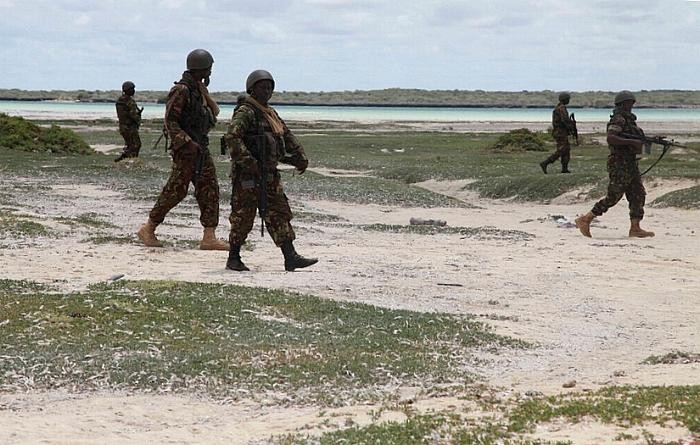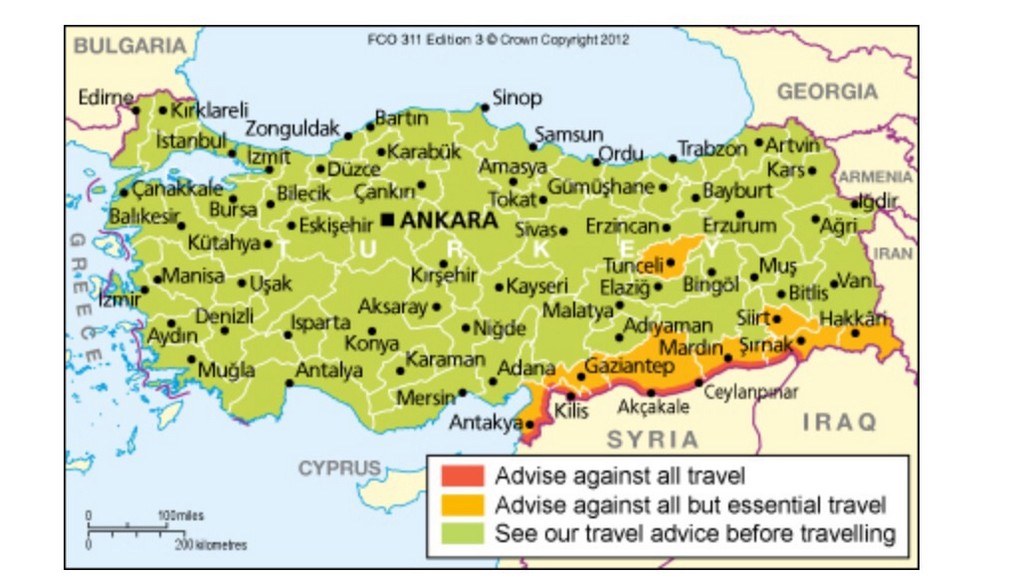The U.S. State Department uses Alerts and Warnings to educate travelers about potential risks in destinations, but many travelers don’t realize that there’s a difference that the two issuances.
- 8 safety tips for solo female travellers
- 46 incredibly useful safety tips for solo female travellers
- 5 safety tips for traveling to europe for the first time
- 6 tips on how to prevent getting sick while traveling
- Japan is not perfect at all: 20 things which foreigners find uncomfortable in this country
Here are the key differences between travel alerts and travel warnings:
Travel alerts: Use caution
Travel Alerts are issued by the U.S. Department of State for short-term events. Alerts don’t necessarily mean “don’t travel,” but rather contain information that’s worth knowing about so you are prepared.
For example, the Europe Travel Alert specifically cautions travelers about large events that may attract violence, such as the European Soccer Championships and as the Tour de France.

Alerts are also issued for weather-related events, such as the Hurricane and Typhoon Season 2016 Travel Alert.
Overall, Alerts provide a lot of common-sense information to frequent travelers, including what to do in worst-case scenarios, but are nonetheless worth reading as a refresher before departing.
Travel warnings: Reconsider traveling
The first thing to note about Travel Warnings is they’re not all equal. While the U.S. Department of State generally issues a Travel Warning for entire countries, many of the Warnings break down specific areas that pose more of a threat than others.
For example, the North Korea Travel Warning advises U.S. citizens to avoid traveling to any part of the country, noting that those who decide to visit anyway should coordinate with the Embassy of Sweden. However, the Kenya Travel Warning includes the caveat that “thousands of U.S. citizens travel to Kenya without incident,” and warns against travel specifically to border areas.

Travel advice from other countries
For a broader, more international perspective of a destination, you can also find travel advice from other governments.
The European Commission Travel Advice website allows you to see what E.U. member states say about a particular country at a general level. For example, on the topic of travel advice for Afghanistan, Austria’s Ministry of Foreign Affairs says “avoid travel completely,” while Bulgaria’s cautions, “avoid all travel to certain areas.”

Two other easy-to-navigate, English-language sites come from the Canadian and United Kingdom governments. Many of the U.K.’s pages, like the one for Turkey, include a color-coded map showing areas to avoid completely and those recommended only for essential travel. It also includes advice on specific events, weather-related cautions, and local laws and customs worth knowing.

And it’s always interesting to see what other governments say about traveling to the U.S.A..
The downside of alerts and warnings is that they can strike more fear into travelers than necessary. But read as a precaution, alerts and warnings can provide even the most seasoned travelers with the latest information, and are a good refresher for how to handle an emergency should you encounter one.



















































